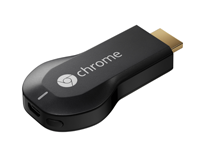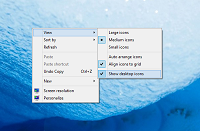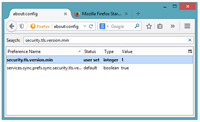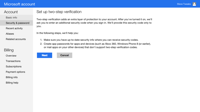To change the web browser icon in the Windows XP Start menu:
- Click on "Start" and go to "Run..."
- In the run dialog type "regedit"
- Go to "HKEY_LOCAL_MACHINE\SOFTWARE\Clients\StartMenuInternet" by expanding the appropriate branches of the tree.
- Select the web browser that you are currently using.
- You can now modify the (default) key and rename the shortcut to whatever you want.
- To change the icon expand the selected client and click on "DefaultIcon".
- Change the (default) key to point to the icon file of your choice by double-clicking it. If you are going to use a file with multiple icons inside you should specify with a comma after the target the index number. (eg. C:\icons.exe, 2)
- Reboot your computer for the changes to take effect.
Special thanks to Dan Ciuperca for helping me to change the email icon in the Start menu.

If you own a Google Chromecast streaming device, you can easily share a browser tab in Chrome browser or even your entire desktop. This can be very useful when presenting from your laptop or if you just want to watch something on a big screen that is only on your PC. The only requirement is you must be on the same network as your Chromecast...
Read More

If you are a fan of minimalist desktop experiences, hiding the desktop icons are an easy way to clean up the Windows interface. Instead of saving everything to your desktop, use the default profile folders such as downloads and documents. Actually hiding all the icons on your desktop is a very simple customization hidden in the right-click context menu. Just right-click on the desktop, select View...
Read More

Google security researchers have published details about a major security flaw found in the SSL protocol that is used to encrypt data transferred between your browser and a web server. SSL is typically used in situations where logon credentials are validated...
Read More

Enabling two-factor authentication is a great way to add an additional level of protection to your Microsoft account. Even if your password is stolen, your account is still protected because two-factor authetication requires an additional level of verification to log in. Microsoft calls their version of two-factor authentication "two-step verification" and it works by providing you with a random code...
Read More


